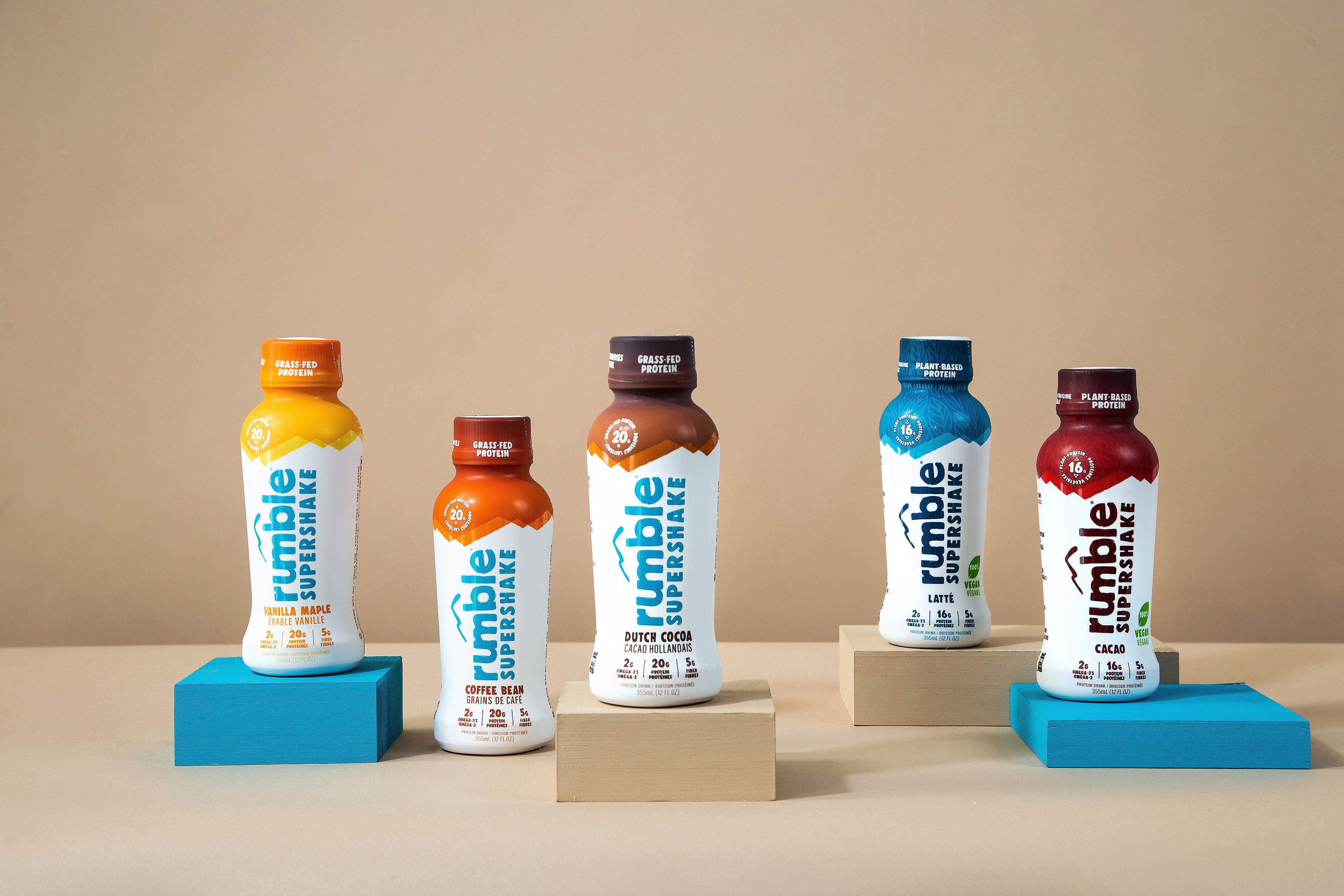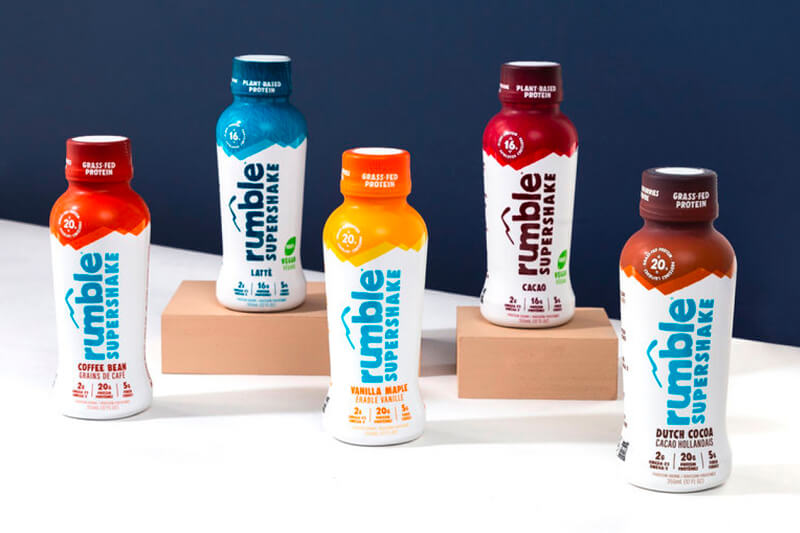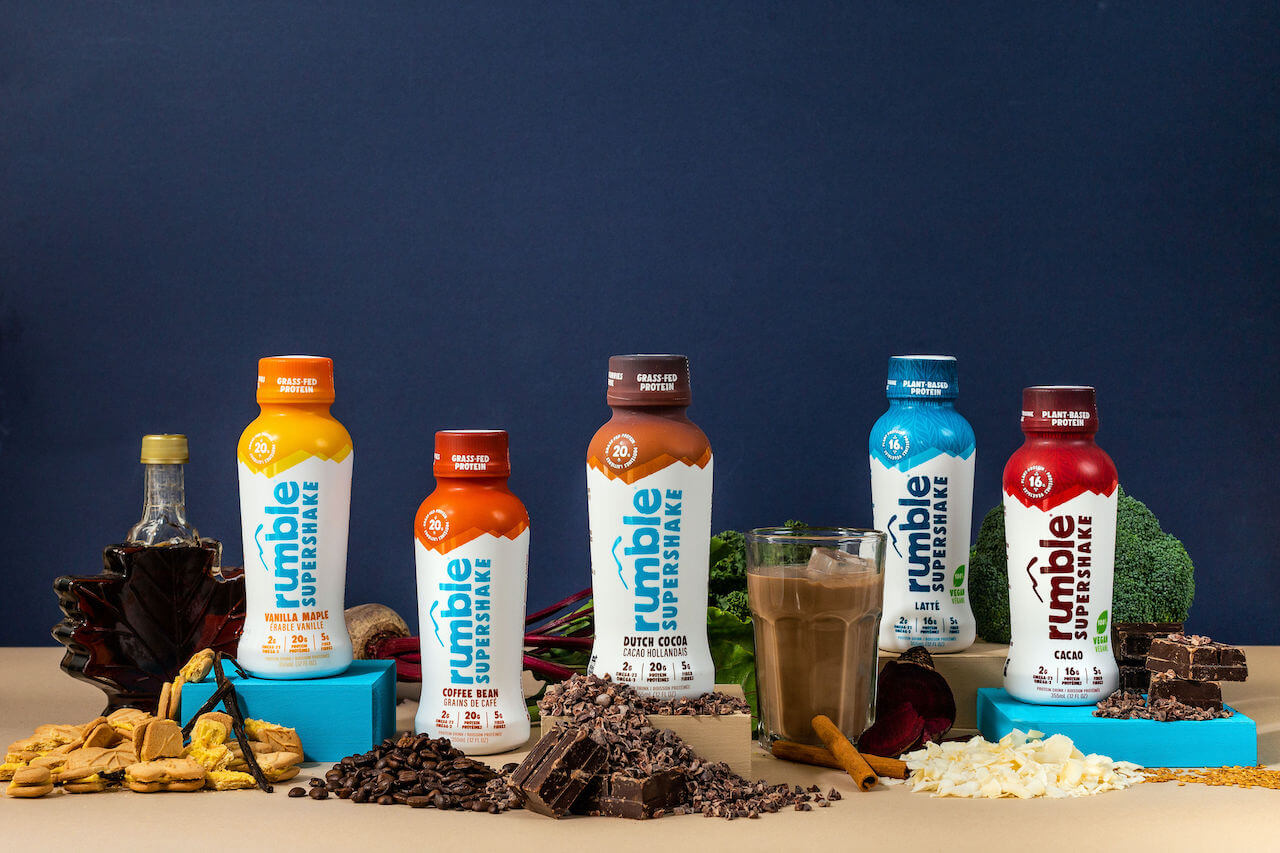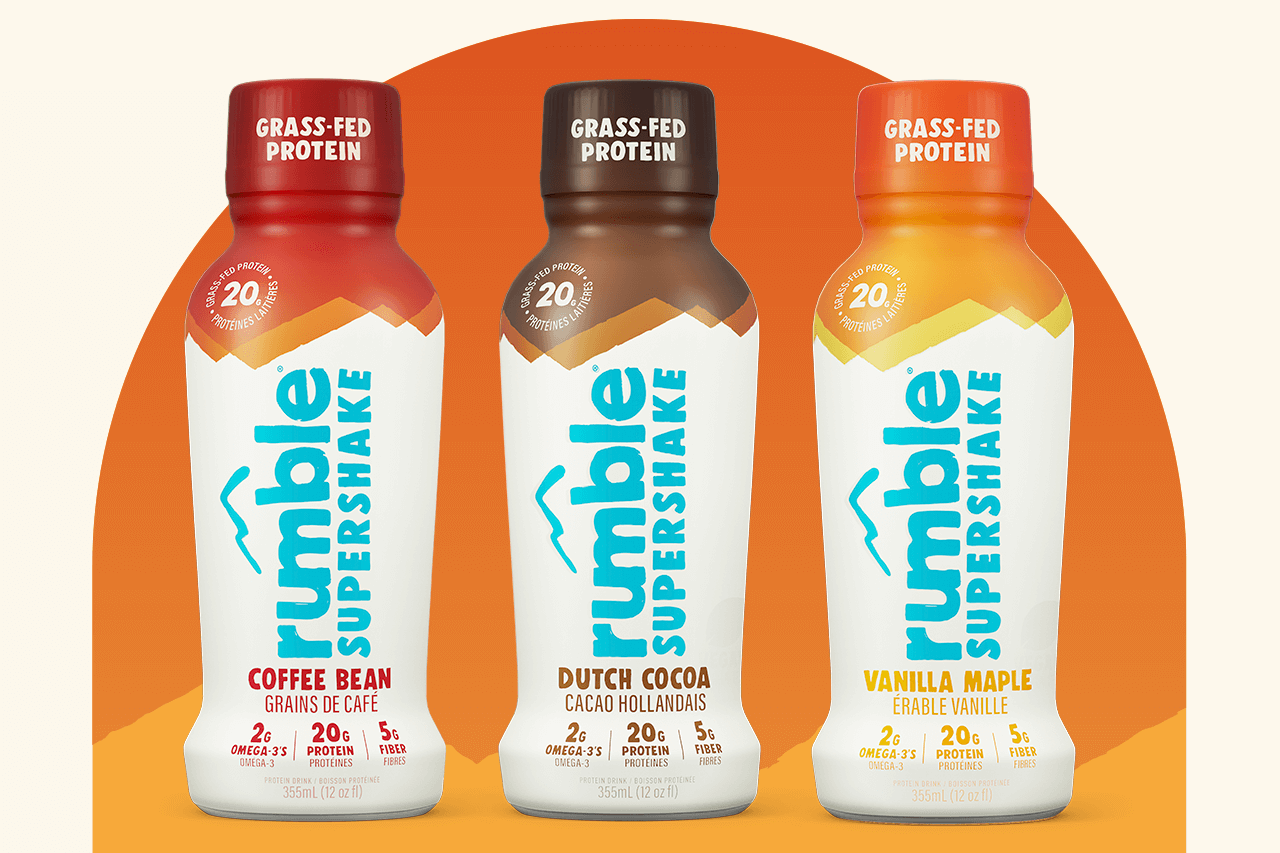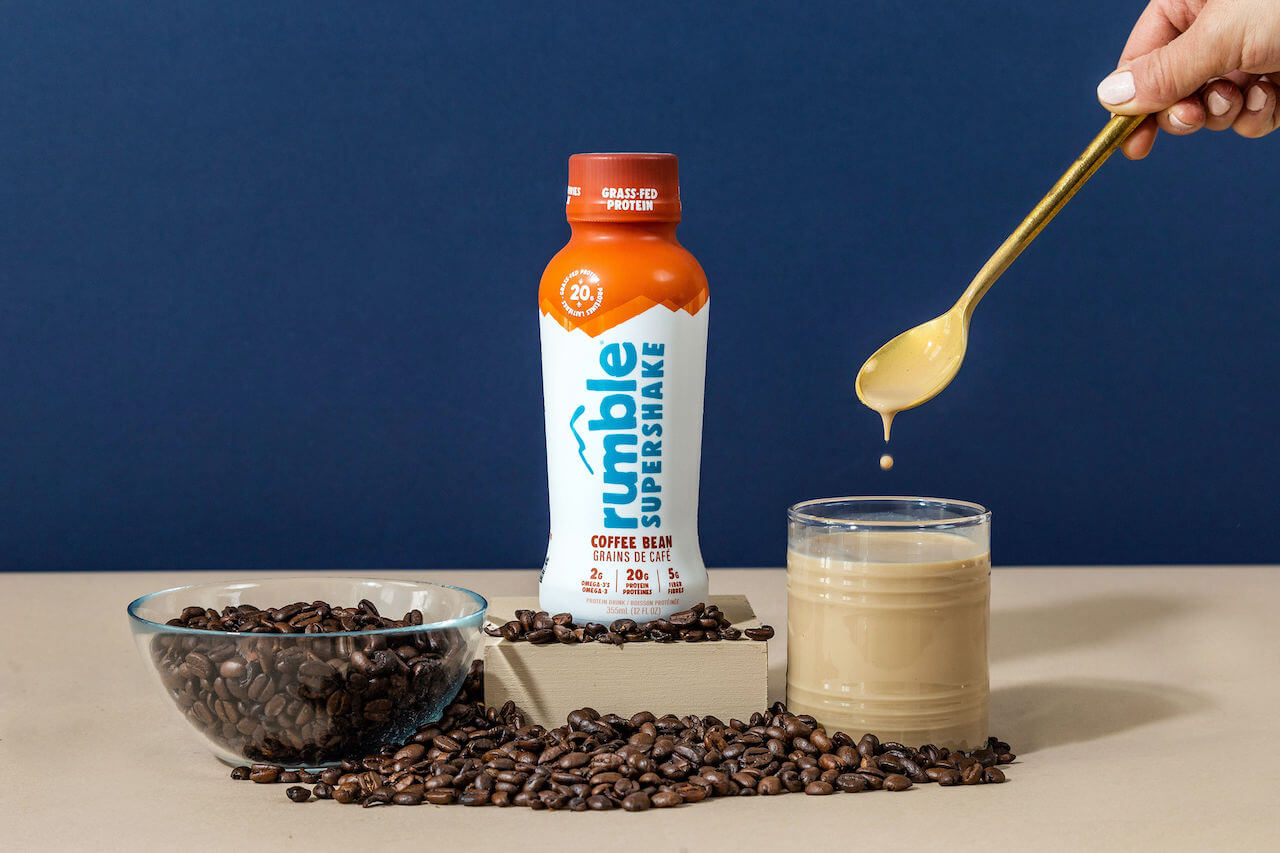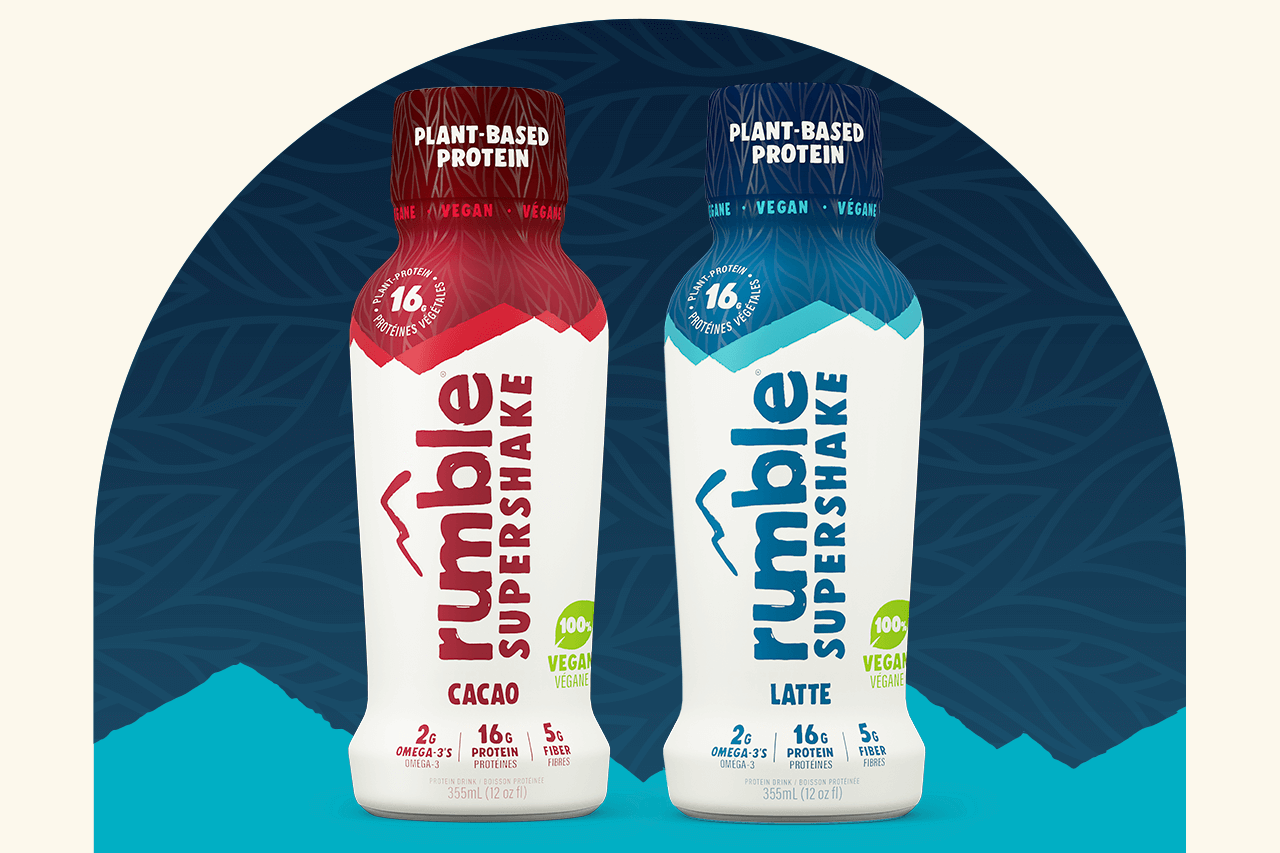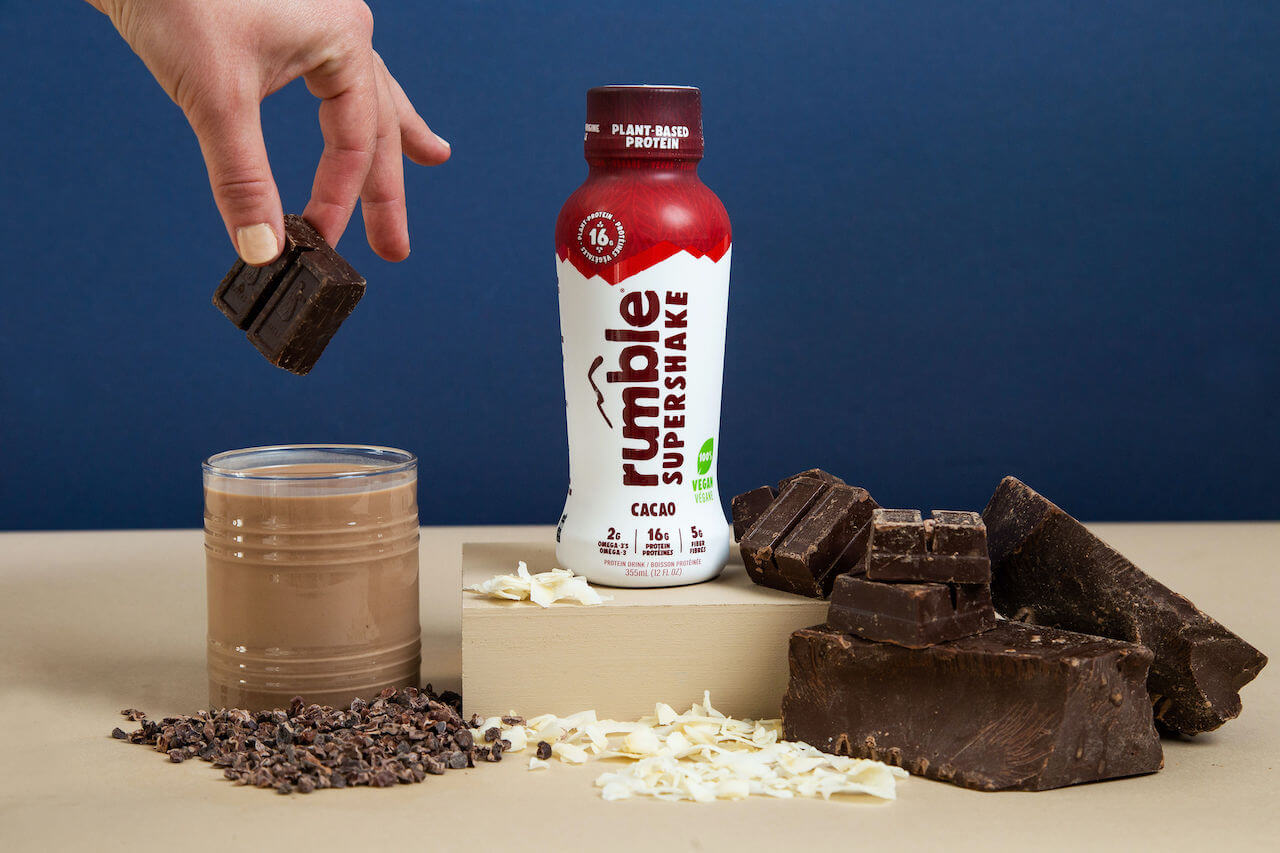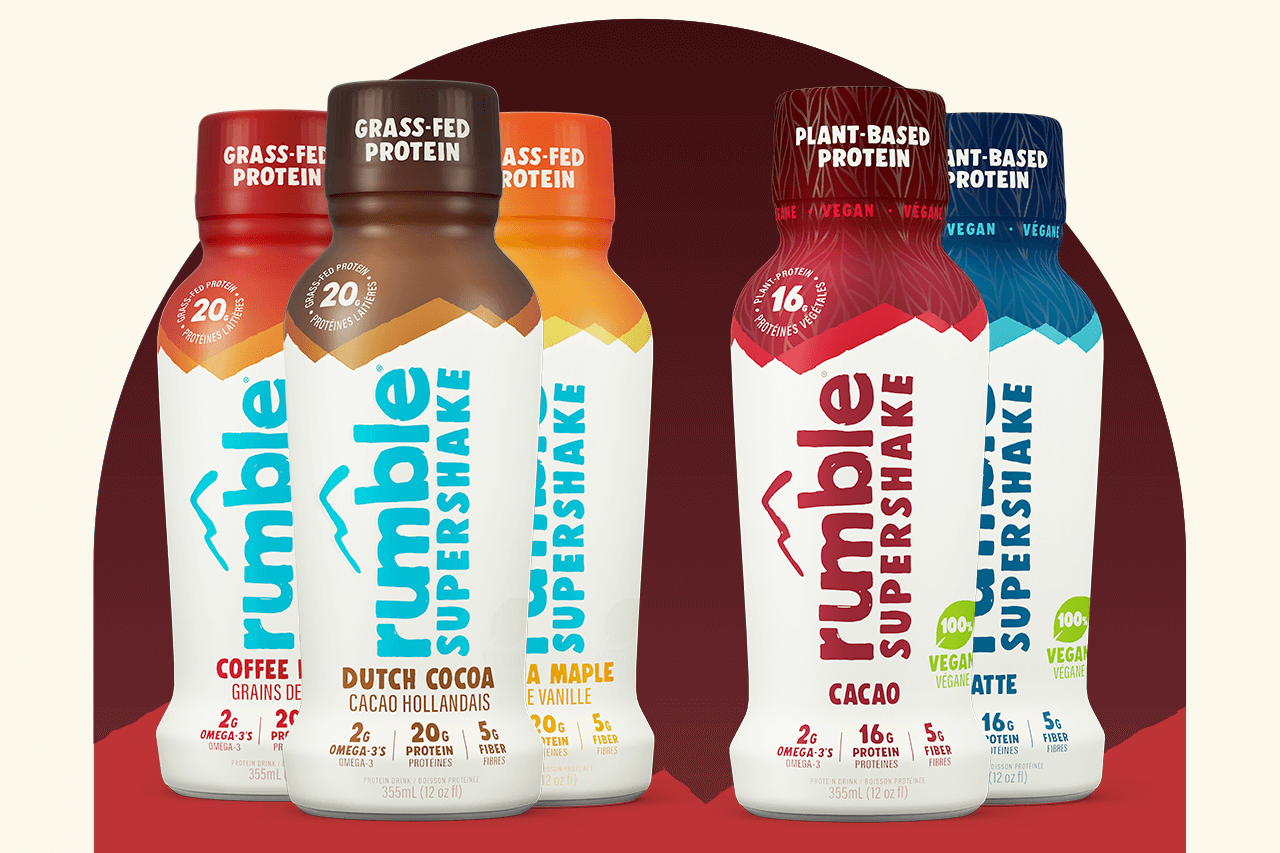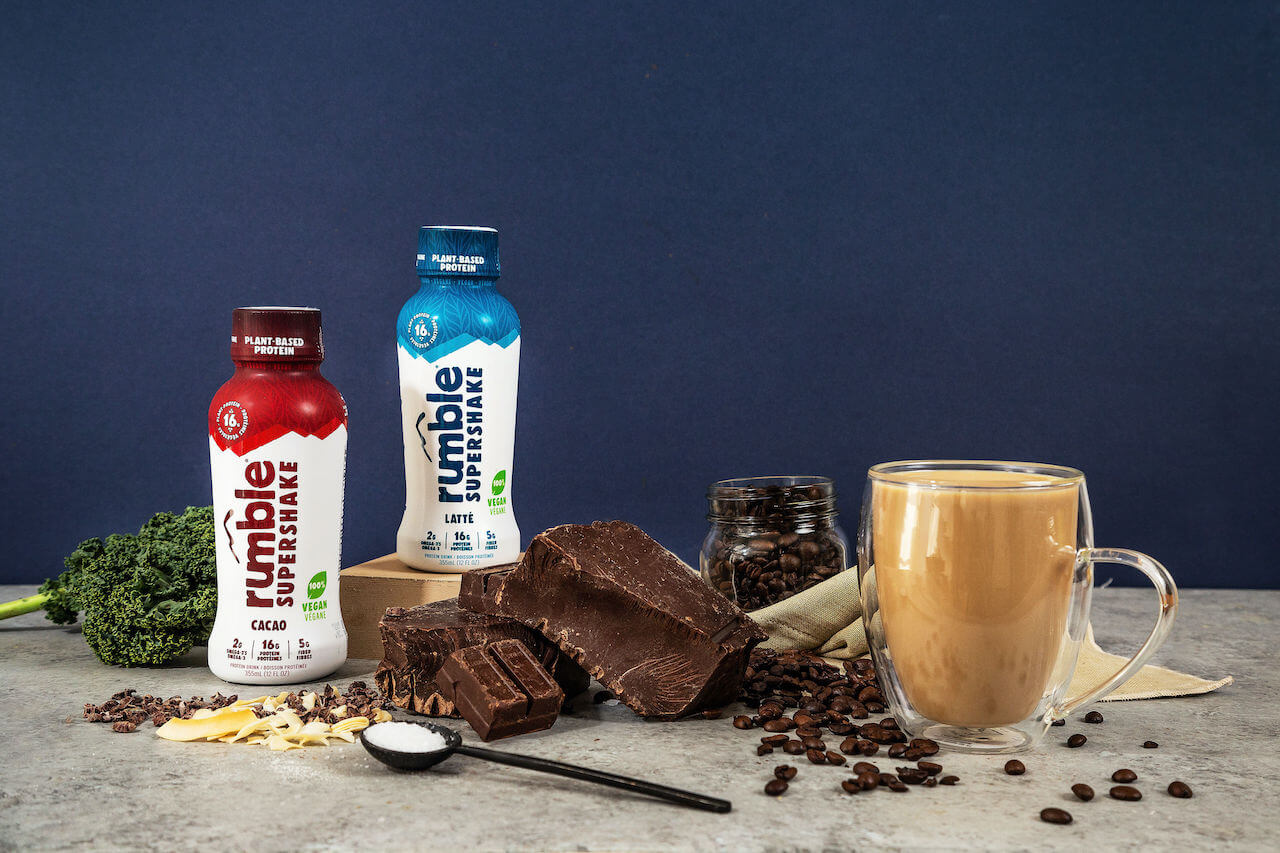Surfing without Limits: Q&A with Rumble Kiteboarder Reece Myerscough

If you live on the west coast, there are a ton of board sports to choose from. You could snowboard, surf, skateboard, wakeboard, longboard, windsurf - but on a windy day along the water, nothing looks more extreme than a kiteboarder whipping across the waves and shooting high in the air with the help of a giant kite.
We’ve got a soft spot for kiteboarders here at Rumble, since it’s one of Rumble creator Paul’s favourite sports. To learn more about how kiteboarding works and what it takes to kill it in competitions on an international level, we connected with 21-year-old Rumble athlete Reece Myerscough, who spent his summer kiting all over Europe.
Q: How long have you been competing?
A: I have been competing in kiteboarding for 4 years. Before that I was a competitive sailor at an international level for approximately 7 years. Once I started to get more into boardsports, I realized it was much more fun than sailing and decided to switch my focus to kiting and surfing full time! I have now been kiteboarding for approximately 7 years.
Q: For those of us who have never tried it, kiteboarding looks pretty intimidating. The waves, the wind, the speed, and the height - it’s extreme! Are there any traits or skills which you think prospective kiteboarder should have, or would anyone find it enjoyable with proper instruction and practice?
A: Chances are that if you've ever seen kiteboarding in real life, you'll think it's pretty hardcore. But the reality is that if the sport is learned properly and safely through a kiteboarding school, literally anyone with a little common sense can pick it up. You don't have be a hardcore athlete, the kite is connected to your waist and it just pulls you along with hardly any effort. The most important skill a beginner kiter needs to know is how to fly a kite. A person that knows how to fly a kite really well and has never been on a board before will learn twice as fast as an experienced board sport athlete that has never flown a kite. The best way to learn how to fly a kite is to buy a kiteboarding-specific trainer kite. Once you can fly that kite with one hand and your eyes closed, it's time to take lessons.
Q: Which style of kiting do you specialize in? Do you use different skills for each style, or is there a lot of crossover?
A: I specialize in 2 closely related kitesurfing disciplines; kitesurfing and strapless freestyle.
Kitesurfing is when you kiteboard in the waves using a surfboard without straps (surfing with a kite). Strapless freestyle, rather self explanatory, is when you perform aerial freestyle maneuvers on a surfboard without straps (generally in flat water conditions). "Kitesurfing" is when you are riding a board with nothing holding it to your feet. "Kiteboarding" is generally when you are connected to the board with straps or wakeboarding boots.
Q: Walk us newbies through a kitesurfing competition - how do they usually work, and how are winners decided?
A: If you have ever watched a surfing competition, kitesurfing competitions have an almost identical format. Competitions usually run head-to-head heats where the athletes have to perform their manouveuvers within a specified time limit. There is no maximum number of maneuvers that can be performed during the heat. Each trick or wave ridden during the heat is scored by a panel of judges and the winner at the end of the heat moves on to the next round.
If you are interested, you can check out some of the competition live streams from the past year of the "Global Kitesports Association" (GKA) Youtube channel.
Q: How do you get pumped and in the right headspace for a competition?
 A: Getting pumped-up for competitions has never really been an issue for me. I think I actually do better by staying calm and just doing what I know how to do. Generally, mistakes start to happen when people get too excited and push things too hard. Start steady and calm, and the pump-up will happen naturally.
A: Getting pumped-up for competitions has never really been an issue for me. I think I actually do better by staying calm and just doing what I know how to do. Generally, mistakes start to happen when people get too excited and push things too hard. Start steady and calm, and the pump-up will happen naturally.
Q: Do you kite in Victoria year-round? What does your training schedule look like?
A: I kite in Victoria year round. I try and kite whenever the wind is up because you never know when the wind will die, or when it will come back again. Training for a sport like kitesurfing can be difficult because it is not like soccer or tennis where the playing field is always available.
On average, I am able to get out 4 times a week for approximately 2 hours a session. On top of that, I attempt to fit at least 3 gym sessions in between work and kiting.
Q: How does Rumble fit in with your training and lifestyle?
A: When I’m training at home I generally have a Rumble every day or two in the morning. I find Rumble really helps with my digestive system and replenishes that little bit of extra nutrition that I might be missing from my regular meals. Plus it tastes pretty good :)
Q: Do you ever train with a kite on land or snow? (We heard that’s a thing!)
A: Sometimes for fun I will ride my skateboard while getting pulled by a kite, but generally I stick to the water. Cement kind of hurts when you fall on it.
Q: Fair enough! Any favourite places you’ve competed or kited?
A: The best conditions I have kited so far were in Cabo Verde. Cabo Verde is a small island chain in the middle of the atlantic. If you're there at the right time, the waves can be epic.
Q: What’s been your biggest kiting win so far?
A: I just won a Big Air Team event at the kiteboarding world cup in Fuerteventura (Canary Islands). That was my first podium finish at a world cup event!
Q: Amazing! Huge congrats. What about your biggest bummer while kiting?
A: Can't really say I've had one!! I always try to pull something useful from any competition. Even if it doesn't go as planned, I try and take what happened and build on it for the next competition.
Q: You’re not yet 22, but you’ve already competed around the world, and just did a tour through Europe! Are there any big competitions on your list that you haven’t had a chance to participate in yet?
A: One of the biggest competitions that I am looking forward to is in Mauritius. Mauritius is a tropical island off the East coast of Madagascar and the conditions are supposed to be epic.
I am actually sitting in the airport in Paris right now writing this. Next stop: Mauritius. I'm getting excited!
Q: Would you like to see kiteboarding become an Olympic sport?
A: Kiteboarding is actually already an Olympic sport for Paris. The only issue is they chose foil board racing as the discipline which no one actually does. Foil racing is fast, but to be honest it isn't all that exciting to watch and is much more expensive than other disciplines. I think it would be cool if they put some exciting expression disciplines into the Olympics such as big air or freestyle, but I'm not too concerned about it!
Q: With your busy competition schedule, do you have time to cram in any other hobbies, sports, or work?
A: Alongside competing, I also design kiteboarding equipment. It works out well because I am able to design and build equipment between events and then test it while at the competitions! I'm almost always riding prototype equipment and attempting to tune up new products. I also try and surf as much as possible because it's fun. And it really benefits my kiting as a crossover sport.
Q: What are your goals moving forward?
A: Moving forward I would like to continue doing what I am doing for a little while - pushing my level while competing and designing equipment on the no wind days!
Q: One final, very important question: what’s your favourite Rumble flavour?
A: Favourite Rumble flavour = Dutch Cocoa. But sometimes I like to throw in a couple Vanilla Maples to spice things up!


